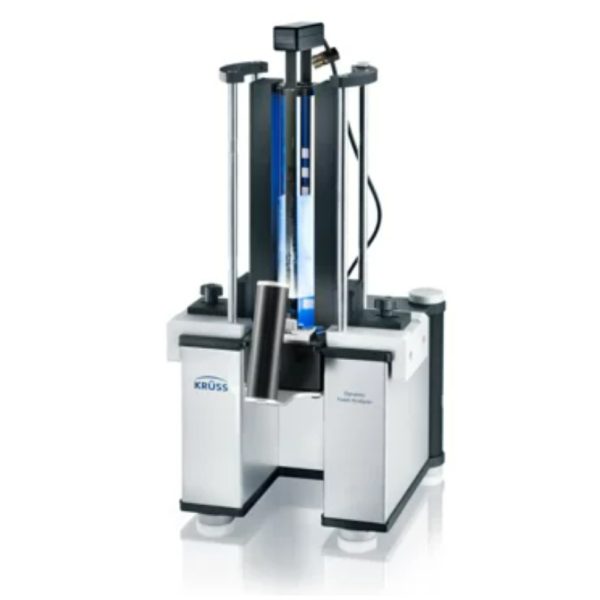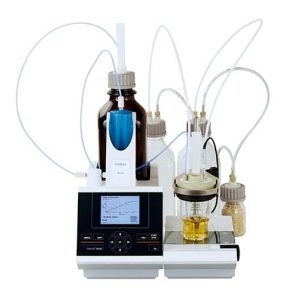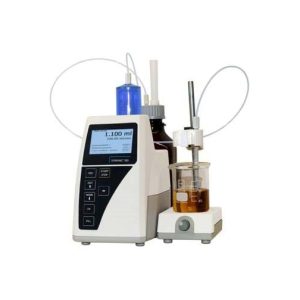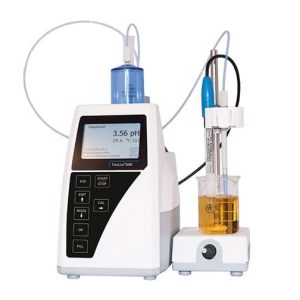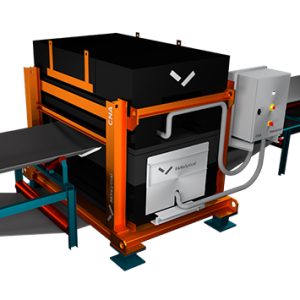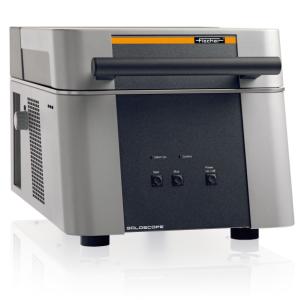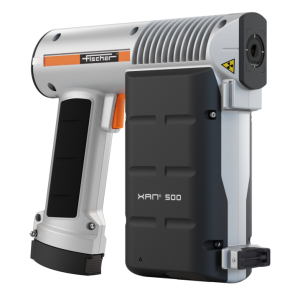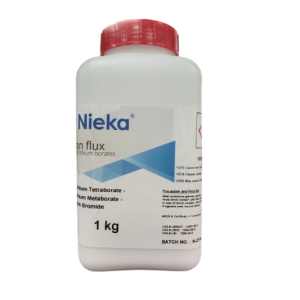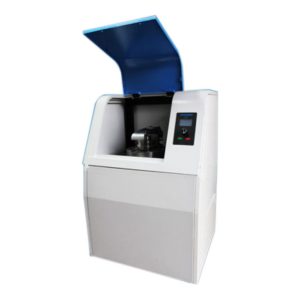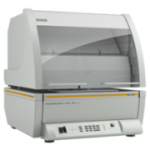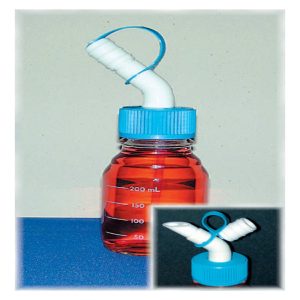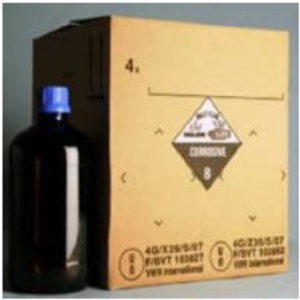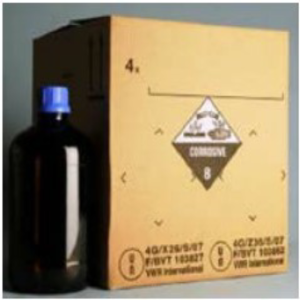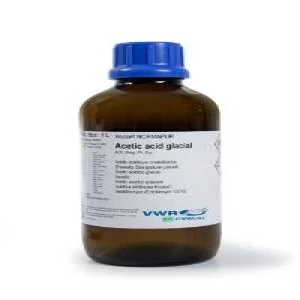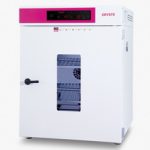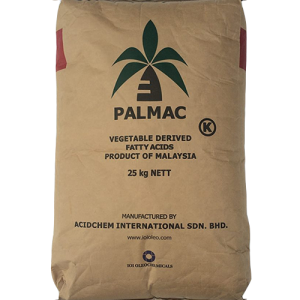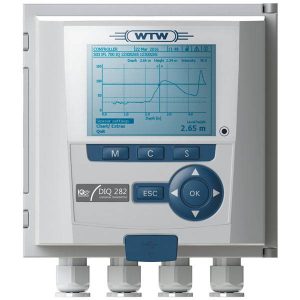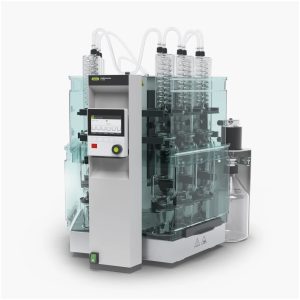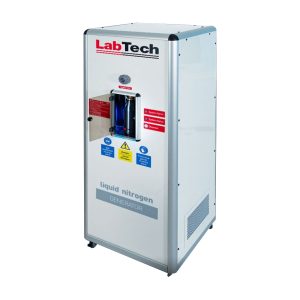Mô tả ngắn
Hãng sản xuất: Kruss
Analyzing liquid content and drainage of foam
The LCM Liquid Content Module for the DFA100 measures the moisture of foams with respect to time on different foam height levels. The results are obtained by detecting the foam’s conductivity as a proven method. They provide you with knowledge about a foam’s stability and help you optimize products where moisture plays a key role, such as washing foams.
HỖ TRỢ NHANH
THÔNG TIN SẢN PHẨM
- Specifications
- Accessories
- Applications
INSTRUMENT DIMENSIONS
| Footprint | 245 mm × 275 mm (W × D) |
|---|---|
| Height | 460 mm |
| Weight (without accessories) | 10 kg |
TEMPERATURE MEASUREMENT
| Sensor | PT100 |
|---|---|
| Range of temperature measurement | 4 to 90 °C |
| Resolution | 0.1 °C |
| Precision | 0.1 °C |
| Accuracy | 1/3 DIN B (±0.1 °C at 0 °C / ±0.8 °C at 400 °C) |
| Location of temperature measurement | inside sample liquid |
| External sensor | optional |
POWER SUPPLY
| Voltage | 100 to 240 V |
|---|---|
| Power consumption | 30 W |
| Frequency | 50 to 60 Hz |
SAMPLE DIMENSIONS
| Min. recommended sample volume | 50 mL with 40 mm diameter column |
|---|
ENVIRONMENT
| Operating temperature | 15 to 30 °C |
|---|---|
| Humidity | without condensation |
TEMPERATURE CONTROL
| Type of temperature control | optional: double-walled glass column |
|---|---|
| Range of temperature control | 4 to 90 °C (additional thermostat needed: TB14) |
| Resolution | – |
INTERFACES
| PC | 1× USB 2.0 |
|---|
ACCESSORIES
| Glass columns | 40 mm diameter, temperature control option |
|---|---|
| Filter plates for sparging | diameter: 30 mm |
| Filter plate porosities | G1: nominal maximum pore size: 100 to 160 μm G2: nominal maximum pore size: 40 to 100 μm G3: nominal maximum pore size: 16 to 40 μm G4: nominal maximum pore size: 10 to 16 μm |
| Material of columns and frits | borosilicate glass (norm: ISO 4793) |
| Material of columns and filters | – |
| Material of sealings | silicone and FKM |
| Receiver | – |
PRESSURE MEASUREMENT
| Precision | – |
|---|
SAMPLE STAGE
| Travel distance | – |
|---|
DRIVE
DATA OUTPUT
CAMERA SYSTEM
| Diameter of minimum detectable bubble | – |
|---|---|
| Mean field of view size | – |
| Focus | – |
LINE SENSOR
| Maximum measurable height | – |
|---|---|
| Sensor resolution | 1728×1px |
| Spatial resolution | 200 dpi | 0.125 mm |
| Temporal resolution | 20 fps |
| Scanning length | 216 mm |
OPERATING SYSTEM
| Internal gas flow rate | 0.2 to 1 L/min |
|---|---|
| External gas flow rate | 0.05 to 1 L/min |
| Approved gases | air nitrogen carbon dioxide |
| Approved pressure | 5 ± 0.5 bar |
| Approved temperature | 4 to 90 °C |
| Stirring speed | – |
CAMERA SYSTEM (STANDARD)
| Connection | – |
|---|---|
| Performance | – |
ELECTRODES
| Material | 35 μm copper, finish: chemical gold |
|---|---|
| Highest sensor position | 185 mm |
| Measured entity | electrical resistance in Ω |
| Theoretical measurement range | 10 Ω to 2 MΩ |
ILLUMINATION
| Type | LED |
|---|---|
| Wave length, dominant | – |
| Wave length, dominant (height detection) | 469 nm (optional IR: 850 nm) |
SOFTWARE
| Software type | ADVANCE |
|---|---|
| Available software modules | foam analysis |
BUBBLE PRESSURE
| Precision (surface tension) | – |
|---|
MEASUREMENT SPECIFICATIONS
| Measurement type | – |
|---|---|
| Analyzed foam characteristic | foamability and foam stability liquid content and drainage |
| Foaming | – |
| Resolution | – |
| Results | foam height liquid height total height foam capacity maximum foam density expansion rate foam half life time drainage half life time sample temperature liquid content at 7 sensor positions resistance at 7 sensor positions 25%, 50% an |
PENE
Column for foam height with small sample volume
Temperature Control Column for foam height and liquid content
Sealing rings for different foaming methods and liquids (for sample holder predecessor models)
Sealing rings for different foaming methods and liquids (for sample holder predecessor models)
Sealing rings for different foaming methods and liquids (for sample holder predecessor models)
Sealing rings for different foaming methods and liquids
Sealing rings for different foaming methods and liquids
Sealing rings for different foaming methods and liquids
- Foams for washing and cleaning
- Foams in food and personal care products
- Surfactant development
- Firefighting foams
- Flotation as a method for separating solids



